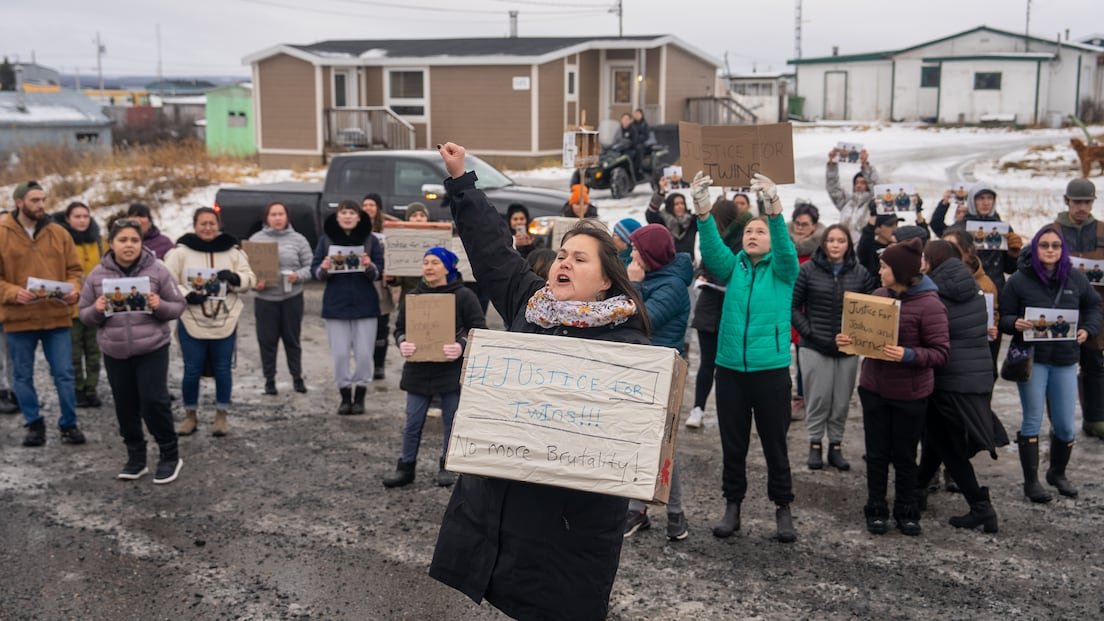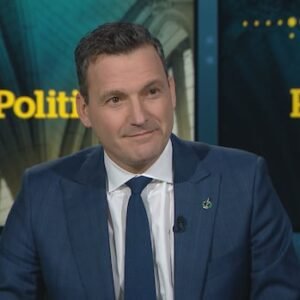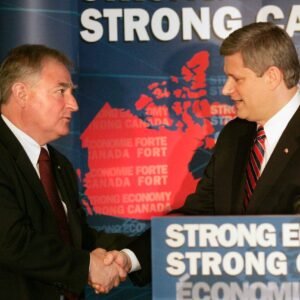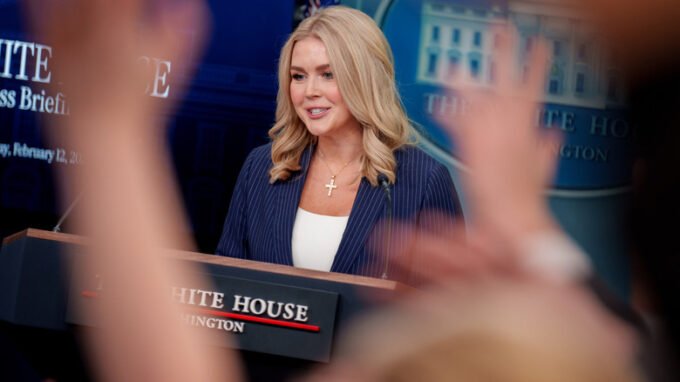He joined the police a week before turning 19, uniform pressed and truck keys in hand, full of that odd mix of nerves and pride you get when a childhood dream finally clicks into place. Johnny Saunders remembers the day like that — simple, bright, hopeful. It didn’t stay simple for long.
Young, eager and Inuit, Saunders was part of an early 2000s effort to recruit local officers to serve in Nunavik communities. The idea felt right: people policing their own towns, with an understanding of language, family ties and the layered history that shapes life in the far north. In practice, though, things frayed fast. Two and a half years in, by age 21, Saunders says he was burnt out — taking stress leave repeatedly, drinking to cope, and feeling stranger than ever in his own community.
What sticks with him isn’t just the paperwork or the patrols. It’s the faces. The small, awful moments where duty cut into kinship. He still thinks about the day he had to arrest his cousin for a minor offence. “I looked into his eyes and I told him I have to,” Saunders says, and you can hear the regret. That kind of action changes relationships. It changes how others see you. Sometimes it changes how you see yourself.
Why it doesn’t fit
There are lots of reasons policing in Nunavik doesn’t look like policing elsewhere. For one: the staff makeup. In 2005, a Kativik Regional Government report showed eight Inuit officers working locally. Fast forward to 2025 — only three Inuit remain, out of 151 officers. That’s not a small shift; it’s a total rearrangement of who’s in charge of safety. Locals say the region has become a sort of training ground, a place where officers from the south rotate through, rarely staying long enough to understand community rhythms. Saunder’s words were blunt: “always dealing with the new guy.”
That churn, people argue, has eroded trust. Advocates link it to more violent interventions, strained community relations, and a sense that enforcement is being done to people, not with them. The provincial watchdog’s data is stark: police in Nunavik are involved in fatal shootings at a rate 73 times the provincial average. I know numbers can numb you, but this is the kind that makes you pause.
On the ground, those pain points multiply. Crime rates in 2024 were roughly 15 times higher than the provincial average. Addiction, suicide, housing shortages and intergenerational trauma all shape a reality that’s complex and — frankly — hard to police with a one-size-fits-all model. Officers are operating inside a community with needs that go far beyond arrests and reports. The regional force itself admits recruitment and retention are “an enormous and constant challenge.”
What former officers say
Not everyone who joined stayed. Another Indigenous former officer who signed on in 1999 — who asked to remain unnamed — that policing one’s own community was “the most difficult thing” he’s done. He said there was not enough support, and that long-term service in communities wasn’t sustainable. Some colleagues died; others are still battling trauma. “The force has not improved — it’s worsened,” he said. “We are not served by our people. We are served by people from the south, who have no regard for our culture, our way of life.” It’s a raw statement. You can feel the frustration and the exhaustion behind it.
Calls for change
Across Nunavik, people are asking for real change. Community members marched recently to denounce police brutality. Families who lost loved ones in police-involved shootings have started petitions. One demand is that officers stop carrying lethal firearms while in the field — a proposal that sits uneasily between safety and fear. There are also calls for an audit of the Nunavik Police Service. The Kativik Regional Government passed a resolution for exactly that in June, asking for a review of operations and how policing could better reflect Inuit culture. The police chief, Jean-Pierre Larose, says he supports a review and would like officers to be more involved with the communities they serve. He’s also pointed to a lack of resources. So there’s a paradox: goodwill and promises on one side, and structural problems on the other.
Small fixes, big questions
Some practical steps are being suggested. Training on Inuit culture and Indigenous realities is being offered through Université Laval, and Quebec’s Public Security Ministry says it will support the audit process. That’s something. But training alone can’t bridge decades of mistrust or fix understaffing overnight. People want to see officers who live there, who understand family ties and the consequences of intervening in certain ways. They want policing that looks more like community care and less like an armed response.
Stories that land
A few incidents make the stakes concrete. Suzy Kauki from Kuujjuaq remembers a 2020 response where officers pointed semi-automatic weapons at her 11-year-old daughter on their balcony. Harmony — her name is easy to remember, because that’s what many of these communities want: safe, ordinary lives for their kids. Kauki’s question is simple and painful: do we want this for our daughters? For our grandchildren? She’s not alone in worrying that policing has become an unsafe presence rather than a protective one.
Saunders’s own arc is telling. He was arrested himself in 2014 after a violent incident, which he links to the trauma he carried from those early years on the force. Now a musician, he uses his guitar to cope and to heal. He talks about shame and about not letting it keep him down. That’s personal, and it matters. It humanizes the whole debate in a way statistics never will.
Where to from here
There are no easy answers. More Inuit officers, better long-term supports, a move toward community-centered policing — these are all pieces of the puzzle. So is honest accountability for use-of-force incidents, including conversations about non-lethal alternatives. The audit ordered by the KRG could be a turning point if it leads to real changes and real resources.
People I spoke to want one basic thing: to feel safe calling for help without fearing escalation. They want officers who stay, who listen, who know their community’s names and stories. That’s not a radical demand. It’s simply the kind of trust that makes a police presence useful, not harmful.















Leave a comment